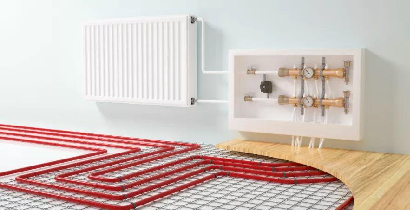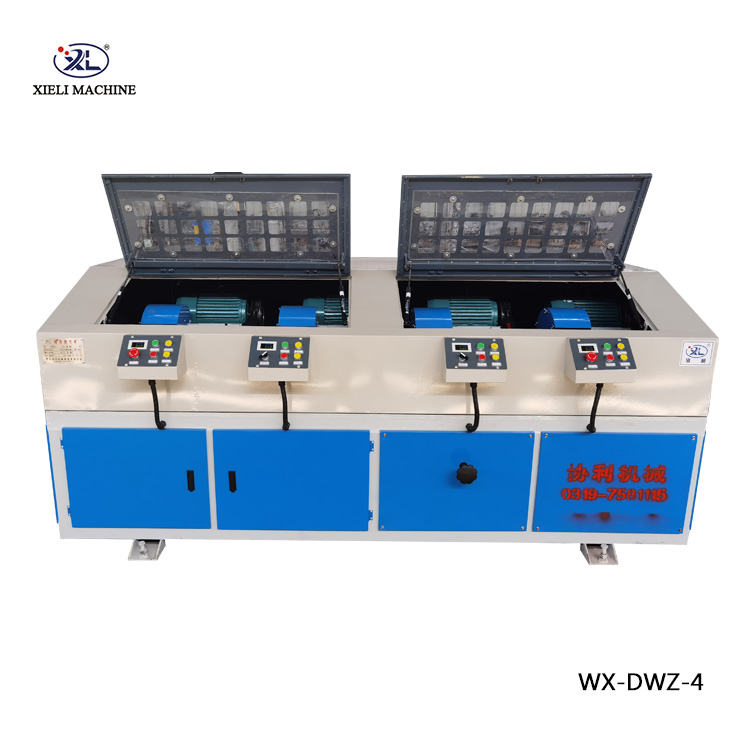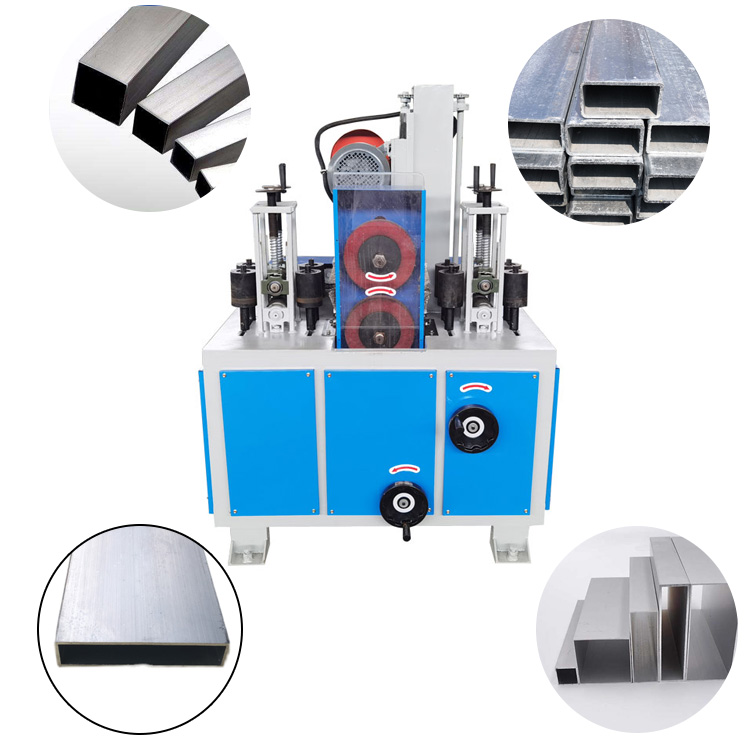Understanding CE Certification and OSHA Regulations for Centerless Grinders
Centerless grinders are essential machines in various manufacturing processes, notably in machining and precision industries. Understanding the regulatory landscape surrounding these machines, particularly the CE certification and OSHA compliance, is paramount for manufacturers and operators. This article explores what CE certification entails and how OSHA regulations apply to centerless grinders.
CE Certification Explained
CE marking signifies that a product meets EU safety, health, and environmental protection standards. For machinery, including centerless grinders, obtaining CE certification demonstrates compliance with the European Machinery Directive (2006/42/EC). This directive aims to ensure safety for operators and users while promoting free market access across Europe.
To achieve CE certification, manufacturers must follow a series of steps, including risk assessments, technical documentation, and conformity assessments. A thorough evaluation is necessary to identify potential hazards associated with the machine's use. For centerless grinders, risks can include mechanical hazards from rotating components, electrical hazards from the machinery's power supply, and noise hazards that may affect operators' health over prolonged use.
The certification process involves creating a technical file detailing the design, manufacturing processes, and safety measures. This documentation must illustrate compliance with the relevant safety standards established by the EU. If necessary, third-party testing by a notified body may be required, especially for complex machines that pose significant risks.
Once a centerless grinder meets all the necessary requirements, a Declaration of Conformity is issued by the manufacturer, allowing the machine to bear the CE marking. This indicates that the equipment is safe for use in European markets and can be freely traded within EU member states.
The Role of OSHA in Industrial Safety
On the other side of the Atlantic, the Occupational Safety and Health Administration (OSHA) governs workplace safety standards in the United States. OSHA’s regulations are crucial for ensuring workers' safety and health in environments that utilize machinery like centerless grinders. OSHA standards help mitigate risks associated with machine operation, maintenance, and potential accidents.
When it comes to centerless grinders, OSHA outlines several general provisions that apply to machinery operation, including
ce certification osha centerless grinder

1. Machine Guarding OSHA emphasizes the importance of machine guards, devices designed to protect operators from moving parts and chips. These guards can prevent accidental injuries while the machine is in operation.
2. Training Requirements Employers must provide appropriate safety training to their employees. Operators of centerless grinders should understand the correct operating procedures and safety protocols to minimize risks.
3. Personal Protective Equipment (PPE) OSHA requires that appropriate PPE, such as gloves, safety glasses, and hearing protection, be provided and worn by operators when using grinding machinery.
4. Regular Maintenance and Inspections OSHA regulations mandate that machinery must be regularly maintained and inspected to ensure safe operating conditions. Potential hazards should be addressed proactively to prevent accidents.
Interplay Between CE and OSHA Compliance
While CE certification and OSHA regulations are distinct requirements based on different jurisdictions, both have the same ultimate goal to protect workers and ensure the safe use of machinery. For manufacturers exporting centerless grinders to Europe, obtaining CE certification is crucial, while those operating in the U.S. must adhere to OSHA standards to comply with local laws.
Companies often face challenges in aligning CE requirements with OSHA regulations, primarily when they expand their operations internationally. It's essential for manufacturers to stay updated on both sets of requirements, ensuring that their equipment meets safety standards across different markets.
Conclusion
In conclusion, understanding CE certification and OSHA regulations is vital for those involved in the manufacturing and operation of centerless grinders. Compliance with CE marking opens doors to the European market, while adherence to OSHA regulations ensures a safe working environment in the United States. By prioritizing safety and compliance, manufacturers and operators can enhance the efficiency of centerless grinding operations while safeguarding their workforce.





